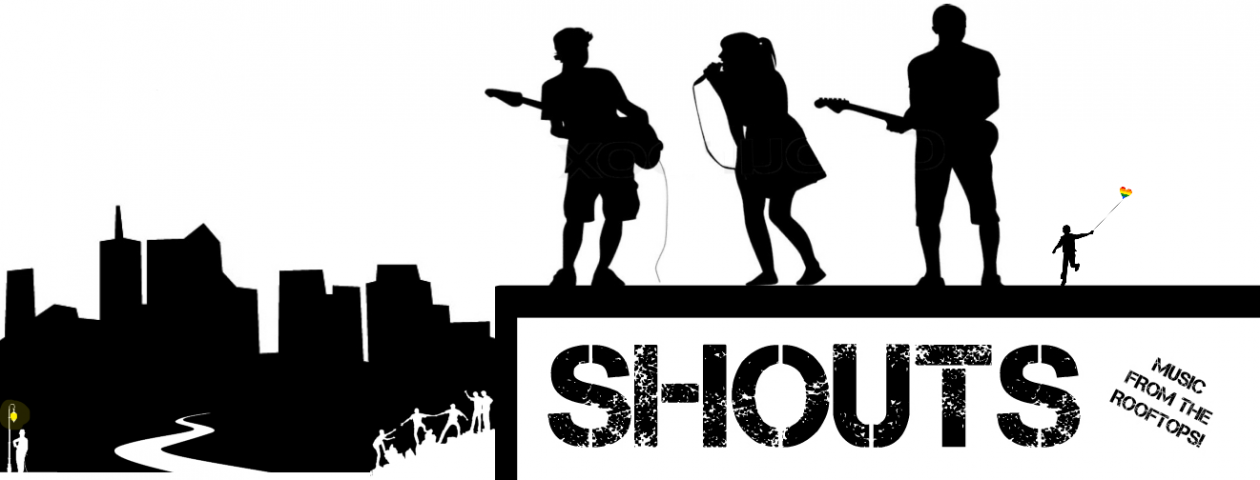Every year in La Ceiba there is a carnival dedicated to the patron saint of the city, Saint Isidore the Farmer, who is known for his piety to the poor. My mom tells me the stories of what growing up in La Ceiba, Honduras in the 70s was like. The political strife of a deeply stratified Central America created a tension in which everyone thought Honduras, like Nicaragua, Guatemala, and El Salvador, would face revolution. Yet, every year, the carnivals continued.
It’s such a big source of pride for the locals that the most famous Honduran musician of all time, Guillermo Anderson, born and raised in La Ceiba, wrote a song about it that encapsulates the joy that the hurly-burly of floats, school bands, Afro-Indigenous dance troupes, equestrian displays, and musical acts bring. It’s one of the rare moments, where, for a short period of time, despite the ever-worsening conditions of a city once-nicknamed “Honduras’s girlfriend” because of its economic prosperity and beauty, the general population can enjoy themselves. While there’s a big push to clean the city for the event, trash litters the streets at every corner. It’s been like this for years. When a hurricane hits, a torrent of filth ravages people’s homes. They say the stench can persist for months after the last drop of the hurricane dries. You get used to it.
A similar story of deep poverty could be found in Nicaragua, especially after the earthquake of 1972 that left two-thirds of the capital, Managua, displaced; facing food shortages and diseases, humanitarian aid never made it into the hands of the common people affected by the earthquake, most likely because the Somoza regime had stockpiled it. By 1975, the Sandinistas had begun organizing under this pretext. At the forefront of their movement was the concept of liberation theology, or the idea that the Church, in the Global South, was morally obligated to assist the poor—an ideological supposition which came about because of, and in opposition to, the government’s poor response to the disaster.
In 1976, the La Ceiba Carnival had finally expanded from beyond its initial simple scope as a float parade to a fully-fledged Carnival. This was, according to my mother, supposed to be the best one yet! It was where she was first introduced to cotton candy and sugar daddies, treats which were previously unfamiliar to Honduras, and my mother’s palette, entirely. Nearly fifty years later, whenever she gets a chance to try either of them, she sports the sanguine smile of our broken homeland. For a brief moment, she is a young child again. Initially being held in the Barrio Mejía, and despite nationwide political unrest following the ousting of the then-Honduran president, the inaugural carnival would be one to remember.
The year after, a different Mejía, the bard of the Sandinista Revolution, Carlos Mejia Godoy, would compose a song that would eventually win that year’s OTI, an international music festival not unlike Eurovision but for Iberia and Ibero-America, with “Quincho Barrilete,” a song that captured the anti-Somoza fervor brewing in Nicaragua and put it to song, calling for nothing short of a revolution backed by Jesus and being fought for the pueblo. With lyrics cushioned in metaphor and steeped in regionalisms such as “Colochón,” or “The One with the Curly Hair,” a nickname for Jesus Christ, the track was unmistakably Nica. Despite the song’s overt and radical political messaging, it should be noted that Somoza’s regime, at this point, had not yet been overthrown! The opposition to Somoza, and the Somoza family, who had served as puppet leaders after the United States handpicked the family following the short-lived revolution of Augusto Sandino (The namesake of the Sandinistas) in the 20s, in which he overthrew the previous American-picked despot’s administration, had become so widespread that the revolution was literarily being televised! My mom watched this year’s OTI intently. The next year, said revolution began. The next year, the carnival still took place, just as it had the year prior. Every year, the carnivals continued.
Saint Isidore the Farmer, patron saint of La Ceiba, would no doubt be flattered by these carnivals. I just worry what he would think after the carnival ends, and he sees the misery of my people as they normally are. I want him to be proud of us. I know he would be proud of what the Nicaraguan Revolution dogmatically set out to accomplish. But I also don’t think that these two events that my mom lived through and tells me about with a vivid recollection are so dissimilar. A carnival is not unlike a revolution, after all. You have explosions, you have drums, you have marching. Sometimes, you even have guns.
Cover photo by Ramon Cerritos (Creative Commons license).



